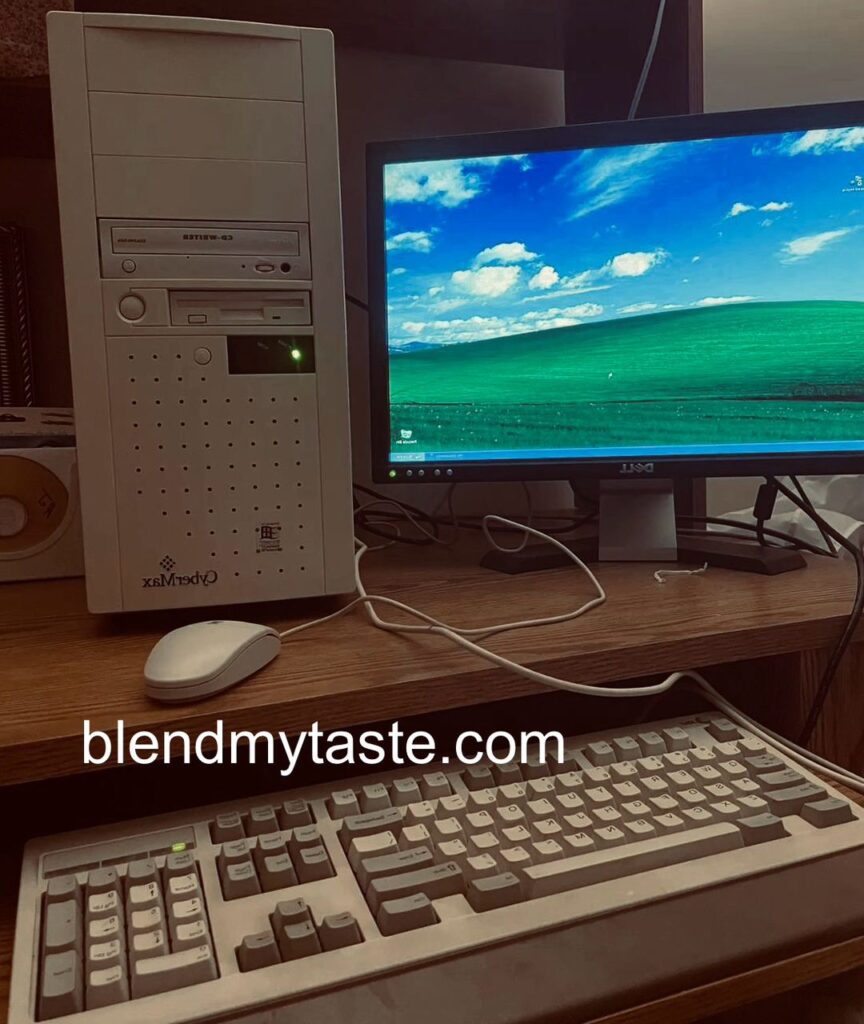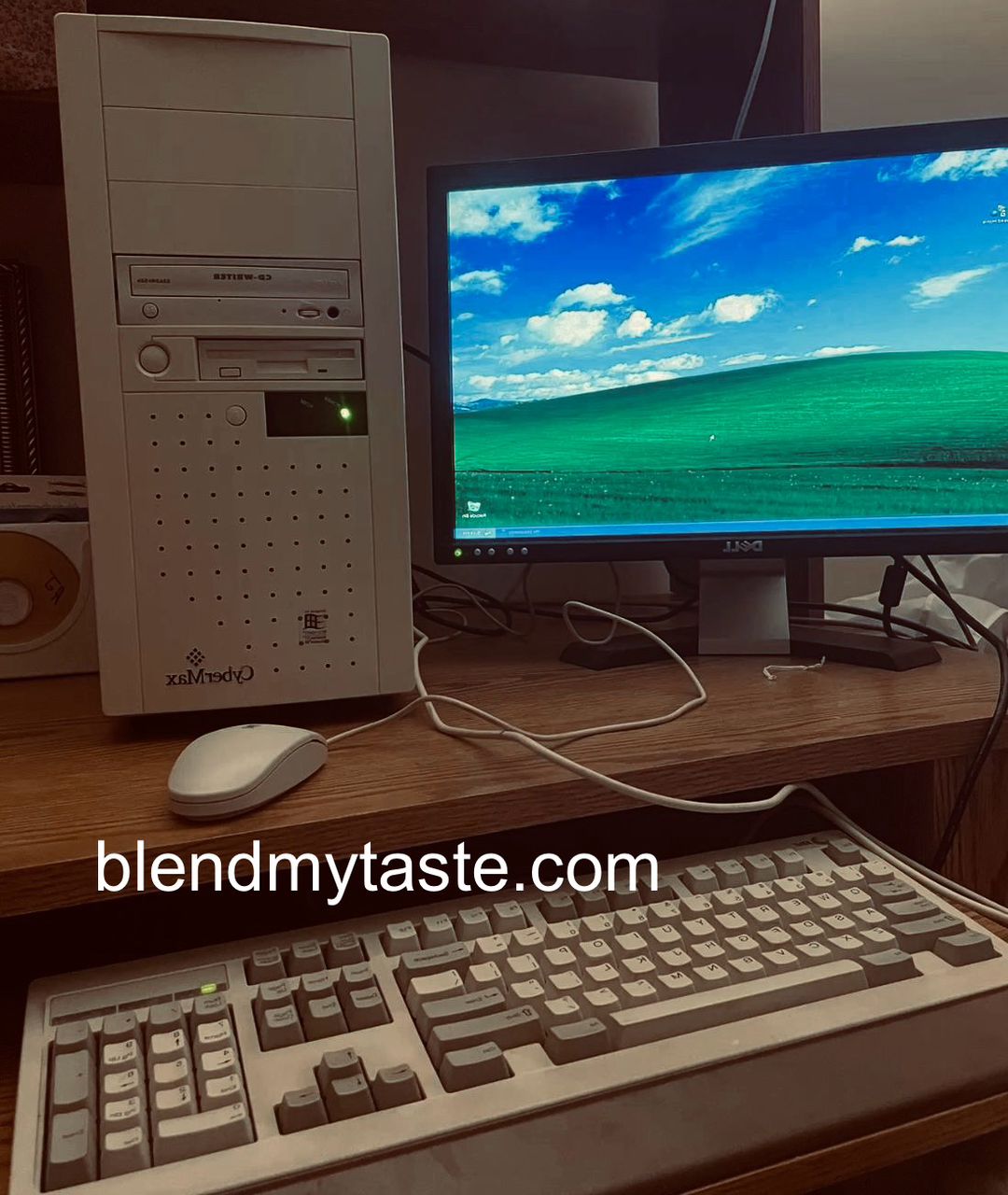
Data and information are related. That I gives rise to information. Information can be further processed and at this input stage it’s becomes data again. Data is facts which can be converted into other forms in other to make it useful, meaningful and practically used. Data should be seen as a raw material and so needs to be processed before it can be converted into something meaningful and useful. Hence the need for data processing. That account comes in many forms; numbers, words, symbols. Data relates to transactions, events and facts. On its own, it is not very useful, unless it is processed and converted into something useful.
A good example of data is;
- 50 students
- tables
- 50%, 67%, 80%
- 18 passengers
- 23 worshippers
- meat and beans
Information: information is the result got after data is processed. Information is used primarily for decision making. Information is data that has been processed in such a way as to be meaningful to the person who receives it. Note the two words; “processed” and “meaningful.” It is not enough for data simply to be processed. It has to be of use to someone otherwise it is worthless. When a teacher enters students names in the register, what he has is data. But when they teach lists all the females students and the male students separately, What’s he now has is information of female and male students respectively.
Examples of information from the data above
- 50 students in the junior class are very intelligent
- tables are examples of furniture found in the principal’s office
- John scored 50% in mathematics, 67% in English and 80% and computer studies
- the weights of John and Peter are 35kg and 32kg respectively.
- my father’s bus can only carry 18 passengers
- we found 23 worshippers in church last Sunday
- meat and beans are sources of protein
Sources of Data And Information:
- Enumeration (counting): Through counting we obtain facts about a population, example the number of students in a class, the number of teachers in a school.
- Measurement: Through measurement we obtain such details as area, weight, density, height, temperature and humidity
- Interview: Through interviews we get details such as names, ages, date of birth, occupation.
- Weighing: Through weighing we obtain such details as mass, weight and volume of objects
- Observation: Through observation we obtain properties of people and objects such as complexion, colour, direction, reaction, movement, behaviour.
Radio: Radio is a telecommunication medium for transmitting and receiving information. We listen to news from radio. The radio is also used to transmit announcements, advertisements, school debates, political debates, and campaigns, religious preaching, sports news and commentaries, music and dramas.
Television: Television is a telecommunication medium for transmitting and receiving sound and moving images. The television is a medium for transmitting news, announcements, advertisement, school debates, political debates and campaigns, religious preaching, sports and entertainment. Television may also refer particularly to a television set, television programming or television transmission.
Newspaper: A newspaper is a scheduled publication containing news of current events, informative articles, cartoons, announcement, editorials and advertising. It is usually printed on cheap, low grade papers such as new sprint.
Computer/Internet: All kinds of information are available through the internet which is one of the resources of the computer. Information on the internet should be checked because not all information on the internet is accurate.
How to store Data: Data storage is the holding of data in an electromagnetic form for access by a computer processor. There are two main kinds of storage namely; primary storage and secondary storage.
Primary Storage: This is data that is held in random access memory (RAM) and other memory devices that are built into computers.
Secondary storage: secondary storage refers to devices that are used to store processed data until needed for further processing or for outputting. Storage devices includes the following;
- Hard disks: A hard disk is also called a disk drive, hard drive or hard disk drive. Hard disks store large amounts of data and are able to store and retrieve data quickly. It is usually located within the computer but can also be fixed externally. Types of hard disks include the IDE(Industry Digital Electronics) SCSI(Small Computer System Interface) and SATA(Serial Advanced Technology Attachment).
- Floppy Disks: Floppy disks also store data. They are very portable and commonly used for transferring data from one computer to another. They are however very slower and of lower storage capacity compared with hard disks.
- Tape Drive: A cheap drive is the device that positions writes from and reads to the tape cartridge. A tape cartridge is a protectively encased tape that is portable. Safe drive is used as an external storage medium. It consists of a loop of flexible celluloid like material that can store data in the form of electromagnetic charges. Cheap drives store large amounts of data.
- Optical Disks: an optical disk is a storage medium that can be written to and read using a low-powered laser beam. A laser reads this dots, and the data is converted to an electrical signal finally converted into the original data. examples are CDR, CD-RW, DVD
CD-R: Compact Disc-Recordable(CD-R) discs have become a universal data storage medium. CD-Rs are now commonly used for music recording and for file storage or transfer between personal computers. CDR discs are write-once media. This means that once used they cannot be erased or re-recorded upon. CD-R discs can be played back in any audio CD player or CD-ROM drive, as well as many DVD players and drives.
CD-RW: Compact Disc-Rewritable(CD-RW) disks are rewritable. This means they can be erased and re-recorded several times. CD-RW discs can only be used on CD players, CD-ROM drives, and DVD players and drives that are CD-RW playback compatible.
Uses of Information
- Planning: to plan properly, a business enterprise needs to know what resources it has such as personnel, money, customers, accomodation, machinery and equipment. It also needs information about the market environment and the attitude of competitors. As the planning stage information is needed as a prime ingredient in decision making.
- Recording: recording is the means by which details of equipment, personnel, operations are documented for reference proposals to ensure planning and proper management.
- Controlling: once a business has produced its plan it needs to monitor progress against the plan and control resources to do so. So information is needed to help identify weak areas or strong areas, whether things are going as planned or better, or worse and to identify ways in which to make corrections or improve processes.
- Measuring: performance must be measured for a business to be successful. Information is used as the main way of measuring performance. For example, This can be done by collecting and analysing information on sales, costs and profits.
- Decision making: the ultimate use of information is decision making. Information used for decision making is often categorised into three types namely; strategic information, tactical information and operational information.
Qualities of Good Information
- Accurate: as far as possible, information should be free from errors. The users of information should be informed whenever assumptions or estimate have been made. Accurate information is usually a function of accurate data collection. If information needs to be extremely accurate the more time needs to be allocated for it to be checked.
- Meaningful: an information is said to be meaningful when it can be easily interpreted or understood. Information should be clearly presented, it also needs to be communicated using an appropriate medium. Businesses should consider developing templates which are used consistently throughout the organisation so that users get used to seeing information in a similar style.
- Comprehensive: information should be complete for the purpose it is given, example is the curriculum vitae of a job seeker. His details including his qualifications and job experiences will guide his prospective employer to determine whether he is employable or not. When information is not complete it is unusable, hence the completeness or comprehensiveness is an essential quality of good information.
- Relevant: information is regarded as relevant if it solves a specific purpose. It has to be relevant no matter how interesting it is. A good way of achieving relevance is to closely define the objectiveness of any information report. Another way to improve relevance is to produce information that focuses on critical areas such as problems, high or low values, where limits have been exceeded.
